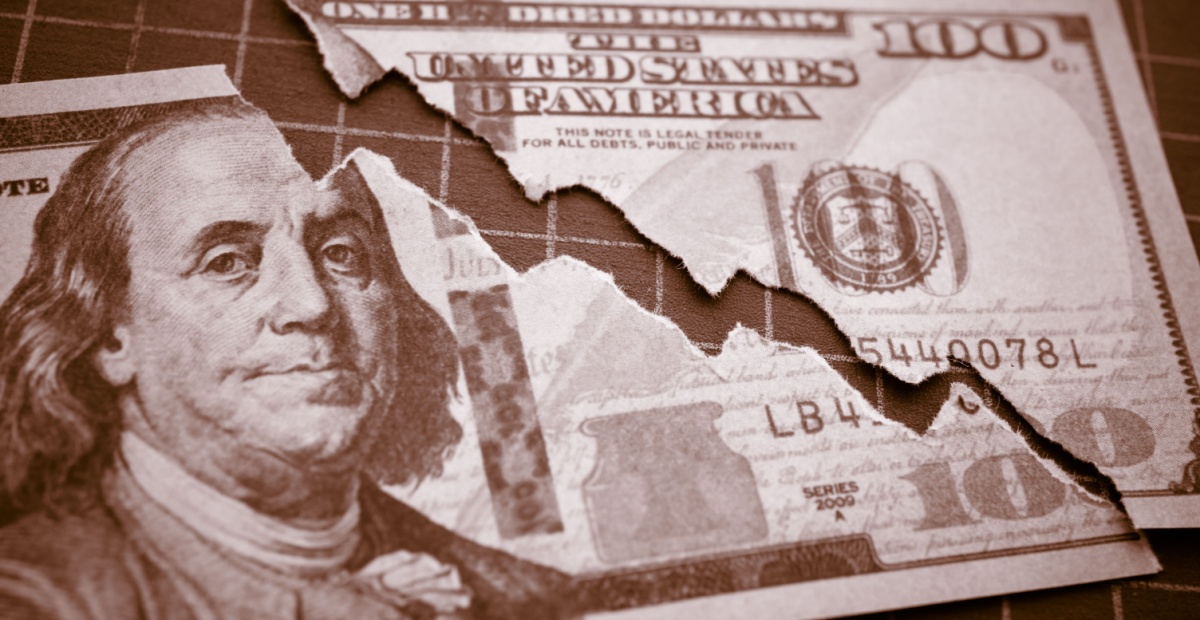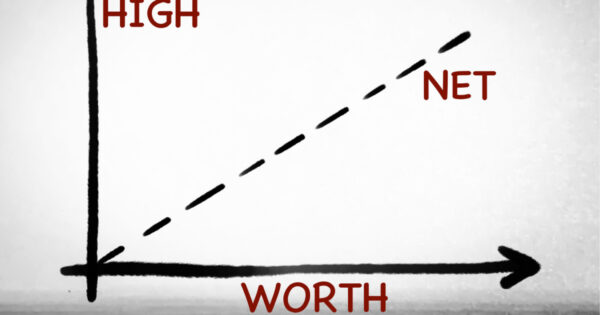Stagflation risks grow if Trump tariffs stick

The US and broader global economy risk a descent into stagflation – a period of slowing economic growth with persistently high inflation – if the Trump Administration’s favoured tariff regime remains in place, warns a leading cross-asset analyst.
The successful imposition of tariffs, currently under temporary interdiction, would result in rising unemployment and slower economic growth, in addition to higher inflation, said Lukasz de Pourbaix, a cross-asset specialist at Fidelity International, based in Australia.
He warns that, should US tariffs settle higher, the country could fall into a stagflationary setting, with rising prices and reduced economic growth.
Trump’s tariffs impose between an 11% to a more than 100% impost on foreign goods brought into the US.
The US economy, while performing slightly better than initial estimates, has still contracted by an annualised rate of 0.2% in Q1 of this year, the first quarterly contraction in three years.
Curiously, imports of goods and services soared by more than 42%, data from the US Bureau of Economic Analysis showed, as businesses and consumers rushed to stockpile goods before the full force of the duties hit end consumers.
Consumer spending nevertheless slowed to 1.2% – its weakest pace since Q2 2023.
This momentum for US economic growth now appears to be easing, said de Pourbaix.
“In terms of consumer sentiment and trade, the US was doing much better six months ago, but that has really narrowed now, with Europe doing much better,” de Pourbaix said.
Should tariffs moderate, however, inflation “may settle down and… enter a period of reflation”, he said.
For now, he cautions that it is still too early to tell the full impact of the tariffs and whether the global economy will succumb to a period of stagflation.
As it stands, Trump’s favoured tariff settings remain in legal limbo. Last week, the US Court of International Trade, which adjudicates in matters relating to global trade, ruled that the tariffs were not legal.
A subsequent federal appeals court decision, prosecuted by the Trump administration, temporarily paused the trade court’s decision.
As such, there remains significant uncertainty in markets around whether these tariffs will be imposed and at what level.
“At the moment, we are seeing global trade slow down, but the tariffs are a moving target,” de Pourbaix said.
“The US trade tariffs could create the conditions necessary for stagflation in the US economy, that is, persistent inflation alongside weak economic growth and rising unemployment. The longer these trade tariffs remain in place, the more likely the US economy will experience stagflation,” he added.
Fidelity says it and others will closely observe the US labour market in the coming months for any signs of slowing.
It added: “The US Federal Reserve has held interest rates steady this year in the US, given the solid US economic backdrop and uncertainty about policy changes from the Trump administration, such as tariffs, and their potential impact on the global economy.”
Australia out of the fray – for now
For de Pourbaix, Australia is faring far better than other countries bearing the brunt of Trump’s tariff gambit, with the health of our economy far more closely tied to the fortunes of China than the US.
“For Australia, much depends on what happens in China in terms of our resource exports.
“There are still concerns about China’s economic growth such as poor consumer sentiment and the property market, but those situations are starting to improve, though China isn’t out of the woods yet. So, Australia is travelling along reasonably well.”
He notes “emerging positive signs from China” that could support moderate economic performance for Australia, while further easing of interest rates could further buffer the local economy.
“Economic growth too will be aided by official rate cuts and inflation moderating towards the central bank’s two to three per cent target band.
“Possibly, we will see one more interest rate cut by the end of this year, which will further support Australia’s economic growth.”











So we can just say no and walk away then? It’s Ironic that Industry Funds on one hand want to…
“profit to member” funds should not be handed a bill for the misdeeds of others. The most hypocritical ever, Industry…
oh my god, the hypocrisy. Why should I as an adviser who has never had a client in frozen funds…
And if an Adviser gets a renewal fee wrong by a technicality = ASIC crucifixion.
Horrific that this is even possible